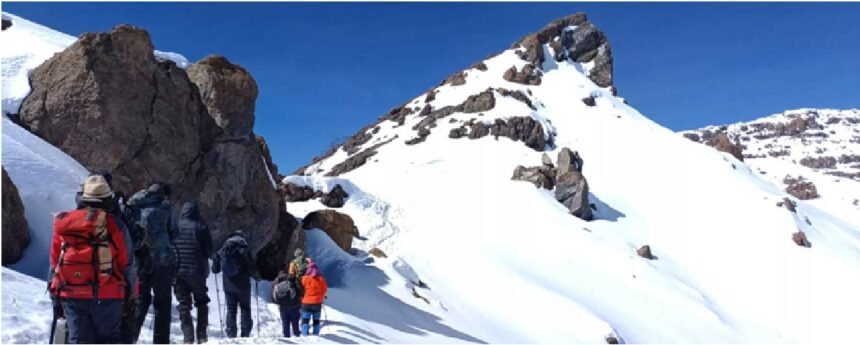Modern life moves fast. Meetings, messages, deadlines — every minute accounted for, every day already spoken for. But somewhere above the clouds of Tanzania, the rhythm slows. On Mount Kilimanjaro, time behaves differently. It stretches, softens, and begins to move in sync with breath and heartbeat.
Climbing with a seasoned Kilimanjaro expedition team is not just about reaching a summit; it’s about stepping outside of the calendar entirely. Hours lose meaning when measured in footsteps. Days become defined by sunrise, snowfall, and the scent of dust in the air. For a few precious moments, the only clock that matters is the one beating inside your chest.
Seasons of Stillness
Those who plan carefully learn that timing the climb matters. The best time to climb Kilimanjaro isn’t only about weather conditions — it’s about rhythm. Each season brings its own atmosphere: the clarity of the dry months, the quiet rains that turn the mountain emerald again.
In life, we also have our seasons — moments to push, moments to pause, moments to wait. Success isn’t about constant motion; it’s about understanding when to move and when to rest.
Learning to Move at the Mountain’s Pace
On the slopes, guides repeat a single phrase: pole pole — slowly, slowly. It’s a reminder that progress has its own tempo. You can’t rush altitude; you can only adapt to it.
Imagine living like that — breathing through pressure instead of racing against it, allowing growth to happen in its own time. The world would feel wider, and our minds would stay clear enough to see the path ahead.
Time as a Teacher
Every climber eventually discovers that time on the mountain isn’t wasted; it’s transformed. Hours spent acclimatising are lessons in patience. Delays become space for gratitude. The higher you go, the more you understand that presence — not productivity — is the real measure of a day well lived.
A View Worth the Wait
At the summit, the horizon curves and glows with the first light of morning. It’s quiet enough to hear your own breath again. You realise that the mountain was never competing with time — it was teaching you how to exist within it.
When you return to ordinary life, the noise resumes, but something inside you stays still. You walk slower, listen longer, and see how every moment — even the rushed ones — holds its own altitude.








